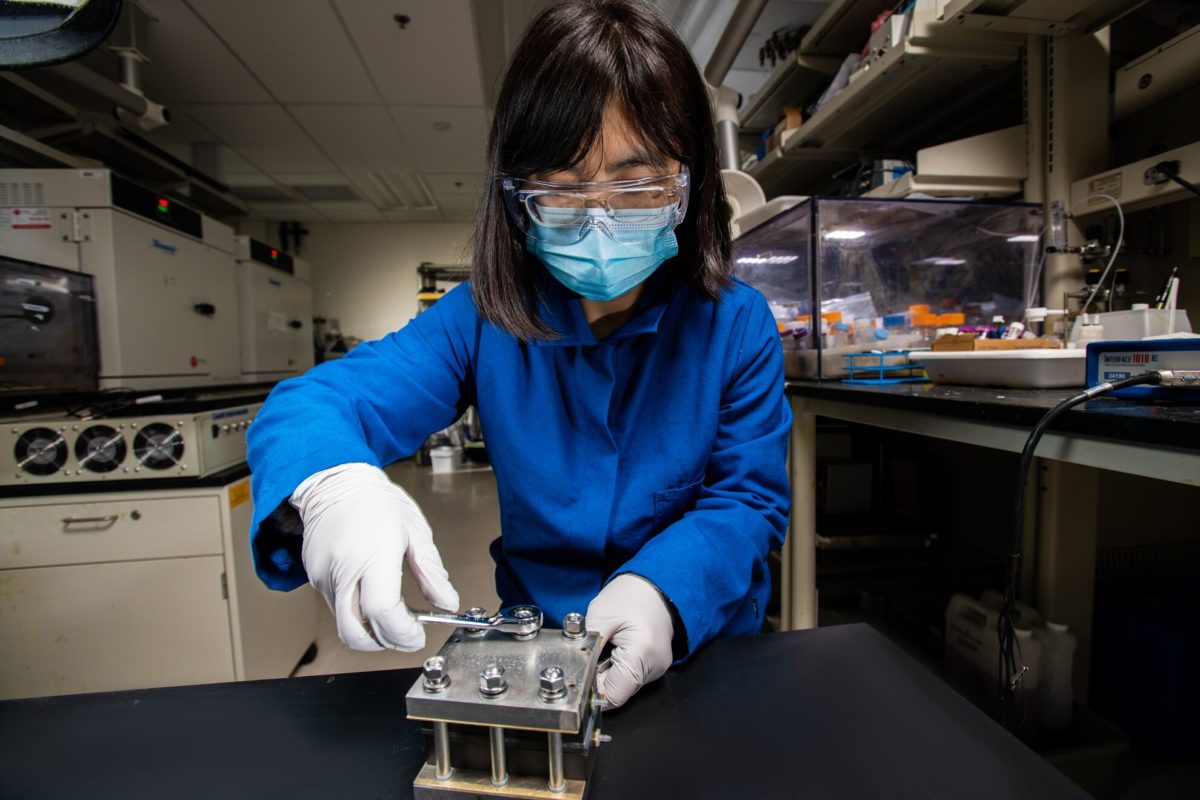Flow batteries, a compelling alternative to lithium-ion stationary storage, boast longer lifespans and almost zero capacity degradation, as well as no limitations on depth of discharge. While not suitable for electric vehicles and consumer electronics, the chemistry has nonetheless lured venture capital investment and R&D with a focus on vanadium-flow batteries, the most established redox flow technology on the market today.
In a bid to drive the commercialization of this technology, the US Department of Energy’s Pacific Northwest National Laboratory (PNNL) has made a third and final semi-exclusive battery technology license available. PNNL has already partnered with two companies that are bringing this redox flow technology to market.
“This emerging grid-scale storage technology has great commercial and energy security potential,” said Allan Tuan, commercialization manager for energy, grid, and advanced fuel research at PNNL. “We are eager to partner with additional industry partners to bring this technology to market and to support expanded use of renewable energies on the grid.”
PNNL has a successful record of partnering with US industry to bring technology to market and vanadium redox flow battery research is one facet of its strengths in grid technology and energy storage. In addition to the license, the laboratory has developed a related, high-performance mixed-acid electrolyte that can store more energy than many other technologies, over a wide range of temperatures. The electrolyte technology, which is compatible with redox flow battery technology, is currently licensed and available on a non-exclusive basis to chemical manufacturers.
Popular content
“PNNL offers technologies on a competitive basis to potential industry partners with the goal of enhancing national security and providing taxpayers the maximum return on impact,” said Christina Lomasney, director of commercialization at PNNL. “Once we have selected licensing partners, PNNL collaborates closely with them to support and improve the success of their market offering.”
While continuously tweaked in the labs to offer ever better performance, vanadium flow battery technology has aimed for mass-commercialization for over 20 years. However, it has never reached volumes of scale. The installed capacities have grown steadily in recent years though, from double digits to hundreds of megawatt-hours, with major projects announced in China, Australia, and Canada.
Unlike lithium-ion batteries, vanadium flow batteries store energy in a non-flammable, liquid electrolyte and do not degrade with cycling. They hold the promise of 10-hour duration storage, tens of thousands of cycles, and even up to 25 years of service life. However, to function, these batteries require pumps and aqueous electrolytes that suffer from comparatively low energy densities.
This content is protected by copyright and may not be reused. If you want to cooperate with us and would like to reuse some of our content, please contact: editors@pv-magazine.com.



The company I work for is installing a vanadium redox flow battery for our microgrid. Should be installed and up and running by Q3 this year.
How do I get one (or more) of these in the US? Which companies are selling them? How do I contact them?
Is vanadium a limited resource? Is there enough vanadium for hundreds of gigawatt hours of storage? How about the supply? Is it available from more than a few sources so that it’s not monopolized by any one country? Thanks.
Licensing restricts development. Why not make this freely available to any US company? Restricting the development of energy storage is practically a crime. If a public company like Tesla can open its patents, the government should do the same. This smells of oil company influence to restrict development of renewable energy products.
They are doing better now than they were a few years ago…
A Chinese company licensed the technology (to acquire it) promissing to keep manufacturing in the USA. They proptly moved manufacturing overseas and it finally took a reporter publishing a story on it to get the Feds to cancel the license where it was again picked up by US companies. unfortunately the damage is done. The Chinese have been leveraging this technology at grid scale for a long time now.